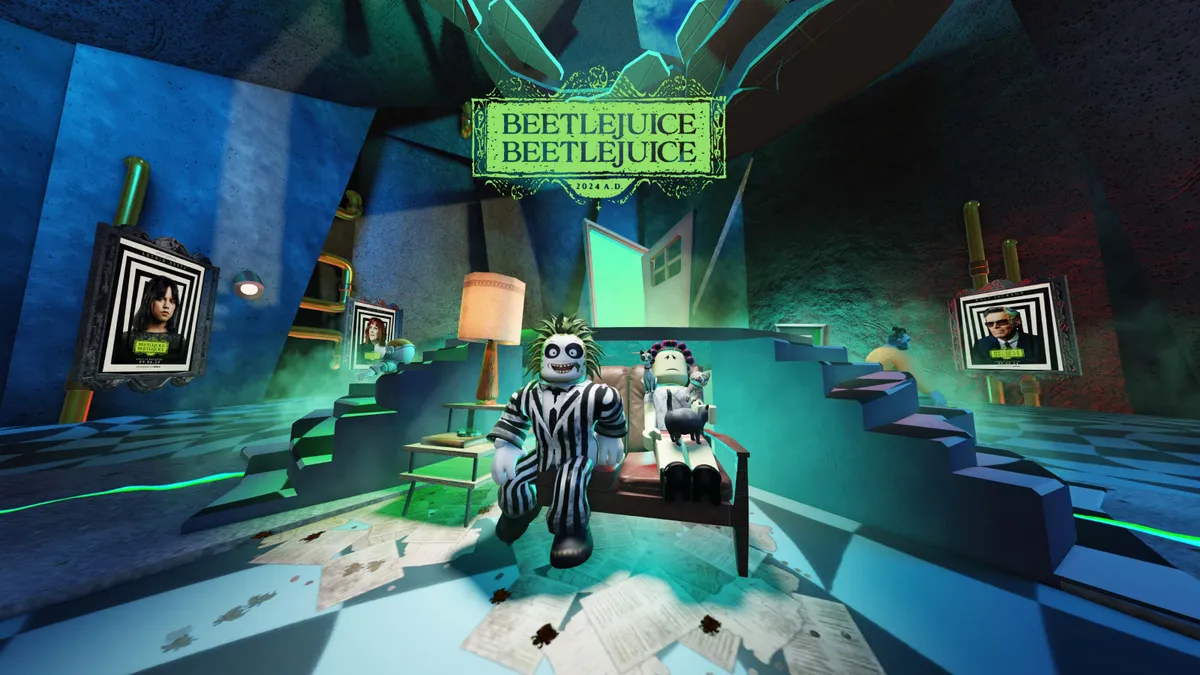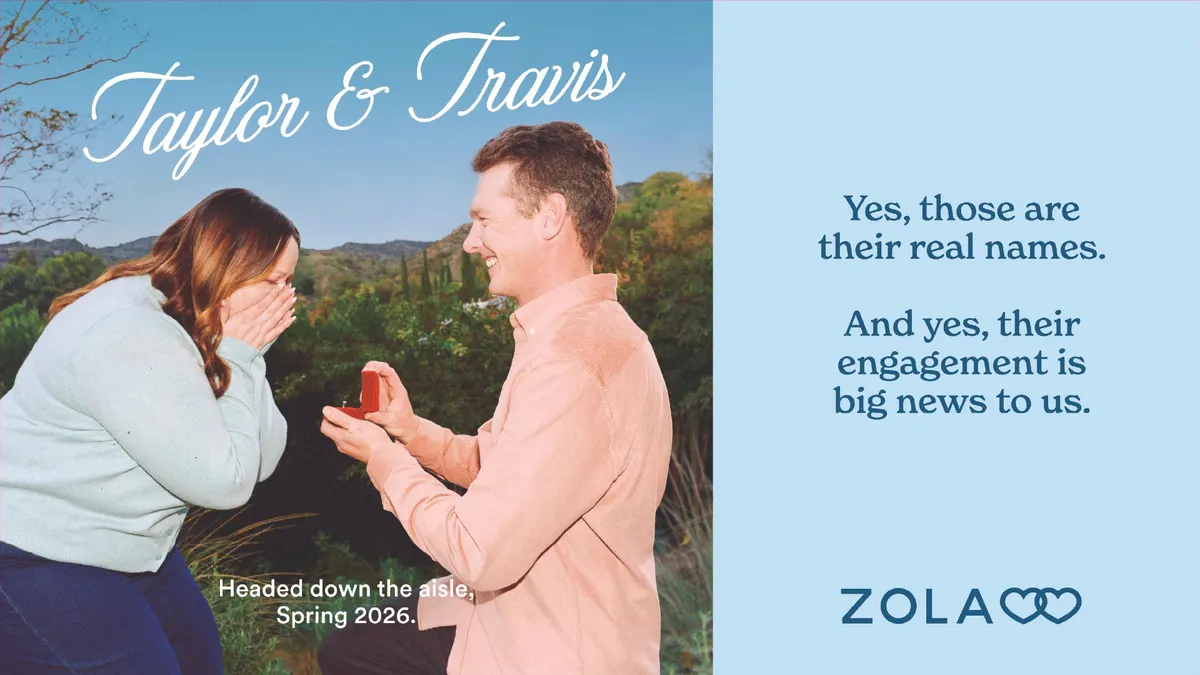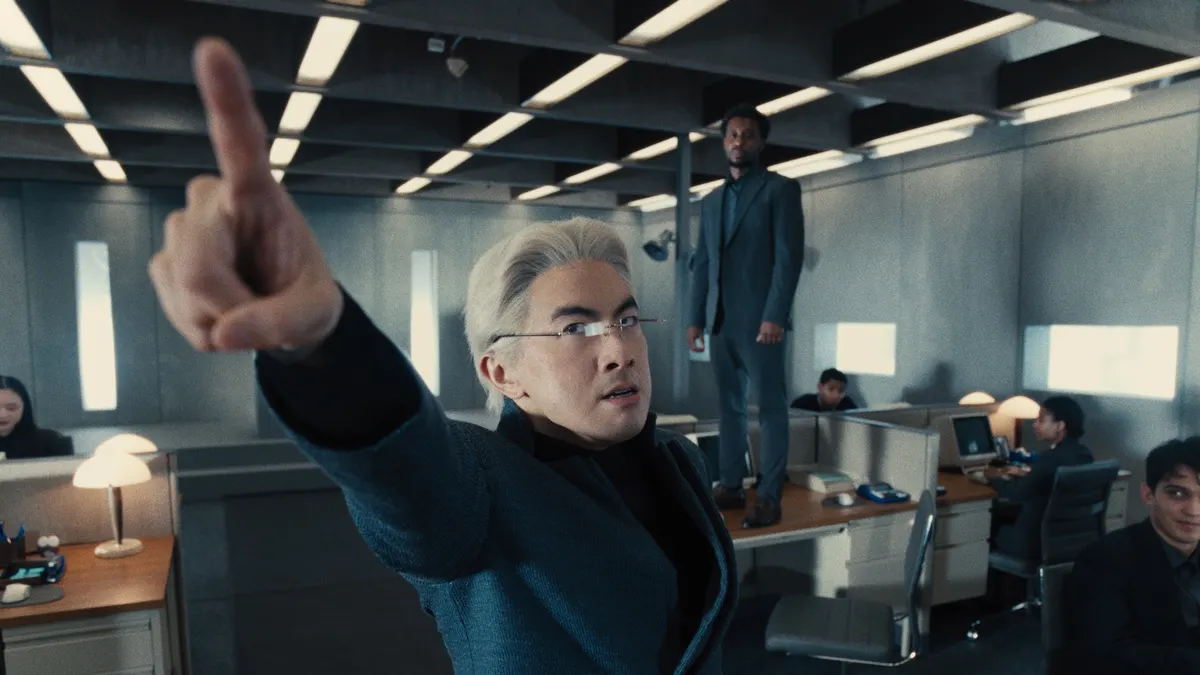NEW YORK — Roblox’s recently announced partnership with agency holding group WPP is part of a larger focus by the metaverse platform on third-party partnerships to facilitate brand interest and engagement. While known for its ability to connect with younger consumers, Roblox is looking to deliver measurable results to brands in an effort to convey its value.
The WPP partnership is focused on developing 3D measurement standards as well as the rollout of a certification program for professionals looking to understand the platform’s ecosystem. WPP joins other recent strategic partnerships. In September, Dentsu launched House of Creators, which is intended to foster Roblox creatives through financial assistance and mentorship. Just a few days prior, Roblox announced Shopify as its first commerce integration.
“We're looking for strategic partners that can help us move the industry together,” said Stephanie Latham, vice president of global partnerships and advertising at Roblox. “When I talked about values and vision alignment, WPP is also very passionate about how we define this immersive space. How do we measure success in this space? What does that look like?”
Latham further discussed the future of branded partnerships and advertising opportunities on the platform at Advertising Week New York. She moderated a panel featuring Jess Park, senior vice president, chief of brand and fan engagement at the U.S. Olympic and Paralympic Committee (USOPC) and Cameron Curtis, executive vice president of global and digital marketing at Warner Bros. Both the USOPC and Warner Bros. have activated on Roblox.
Building branded experiences
Branded Roblox experiences provide a level of interactivity not possible with a traditional TV or social media advertisement. The nature of the platform allows for the building of whole interactive worlds. Warner Bros. embraced this element to promote its recently released “Beetlejuice Beetlejuice” movie by recreating the film’s fictional world known as the Afterlife. Soon after the film’s release, the activation had over 25 million visits and 40 million users viewed video content within the partner experience.
“What's so exciting about this is not just the results…but Warner Bros.’ ability to come into Roblox to build an immersive experience,” said Latham.
Escape the Afterlife reaches beyond one world with portals available to players who have died in another part of the game that allow them to enter the Afterlife. Not only is the Afterlife filled with promotional material, it also featured a Fandango integration, enabling users to purchase movie tickets. Sixty-one percent of users who interacted with the virtual ticketing option reported a positive experience.
Building a successful activation means taking advantage of the Roblox community, and knowing where to meet players and how to keep them engaged is important. For example, emotes are a vital part of how players engage with the platform and other players. On Roblox, emotes are moves an avatar can make, such as waving or dancing. USOPC worked to create the first emote based on the movement of actual athletes, Park reported during the panel discussion. Those who see the emote in the USOPC Roblox space can purchase the action to take across the entire platform.
Measuring success
Measurement reliability has become a topic of both debate and concern among marketers. A splintering media ecosystem has led to an increase in uncertainty about the efficacy of how advertising dollars are being spent. Roblox hopes to help marketers address these challenges.
“Where we are now is meeting the market where they are…But we aspire to a future where we really can set and define the market on how to understand, what is the value of 11 minutes spent with my brand versus a couple of seconds scrolling,” said Latham.
With nearly 80 million daily users, many of which skew younger, the game is a natural place for advertisers. However, the platform isn’t free of concerns. Roblox users can be very young, which has led to concerns over marketing to children. In response, it hides any advertisements from children younger than 13. While 42.3% of Roblox users are under the age of 13, that is beginning to shift, with the fastest growing demographic being those between the ages of 17 and 24.
“Roblox has been around for almost 20 years, and it was started with kids at the core,” said Latham. “This has been a part of the safety and civility has been foundational in the company since the beginning.”






















